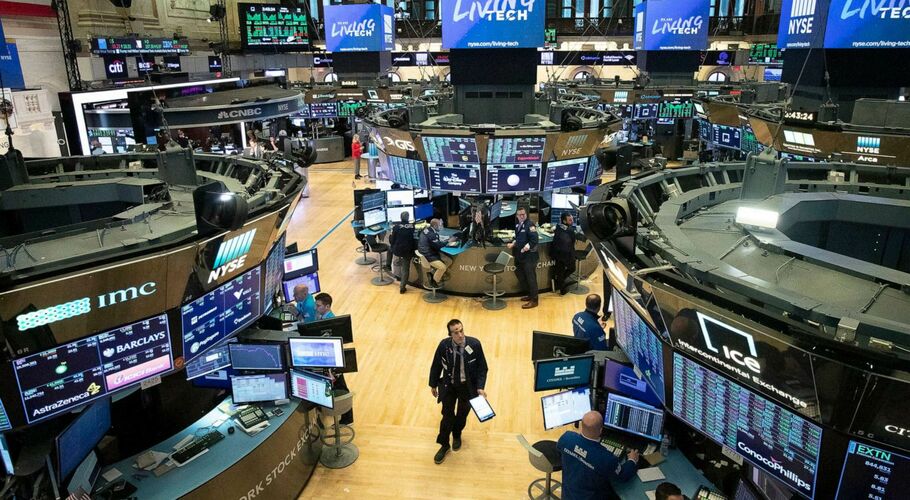NEW YORK: Stocks are drifting higher Friday, but not by enough to knock Wall Street off course for its first losing week in the last three.
The S&P 500 was 0.3% higher in midday trading following three straight days of declines. The Dow Jones Industrial Average was up 90 points, or 0.3%, at 34,591, as of 11 a.m. Eastern time, and the Nasdaq composite was 0.1% higher.
Stocks have been under pressure this week because of worries that a too-warm economy will push the Federal Reserve to keep interest rates high for longer. Traders have called off some bets for the Fed to cut interest rates next year, after reports showed the U.S. economy remains resilient despite much higher rates and struggles for other economies around the world.
Such worries have pushed yields higher in the bond market, which hurts stock prices. But yields were easing on Friday, helping to give Wall Street a bit of relief.
The yield on the 10-year Treasury dipped to 4.22% from 4.25% late Thursday. The two-year Treasury yield, which more closely tracks expectations for the Fed, slipped to 4.93% from 4.95%.
Companies are basically done with reporting their earnings results for the spring, but a few on Friday were making some of the largest moves.
Read more: Trucks, travelers stuck as Pak-Afghan border crossing closed for third day
Smith & Wesson Brands jumped 12.5% after the gun maker reported stronger results for the three months through July than analysts expected. The summer is usually a lean season for the company, but its sales rose 35% from a year earlier.
Kroger was 4.3% higher after swinging between gains and losses following its earnings report. The grocer’s profit for the latest quarter topped analysts’ expectations, but its revenue fell short of expectations.
It also announced with Albertsons an agreement to sell some stores, private-label brands and other assets as they try to get approval from regulators for their proposed merger.
The upcoming week could be a busier one for markets globally. The centerpiece is likely the latest monthly update on inflation in the United States, due on Wednesday. Economists expect it to show prices at the consumer level were 3.6% higher in August than a year earlier.
Inflation has been generally coming down since peaking above 9% last summer, but the worry is the last bit of improvement to get to the Fed’s 2% target may prove the most difficult. That’s why strong economic reports recently have unsettled the market. They could be providing fuel for U.S. households to keep spending, which encourages companies to try to push prices up further.




































